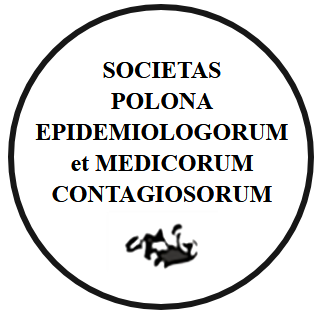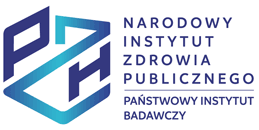ABSTRACT
Symptomatic Clostridium difficile infection (CDI) is an acute inflammatory disease of the gastrointestinal tract, manifesting in at least 3 unformed stools within 24 hours. Predicting factors for CDI include contact with medical care (mainly hospitalization), antibiotic therapy in the last 12 weeks, use of proton pump inhibitors (PPI), H2 blockers, cancer chemotherapy, especially in the neutropenia stage, gastrointestinal surgery, advanced age and concomitant chronic diseases (renal failure, liver failure, chronic inflammatory bowel disease - especially ulcerative bowel disease, cancer, HIV infection, cachexia and hypoalbuminaemia) and vitamin D deficiency. Clinical classification distinguishes three types of CDI - mild / moderate, severe, and fulminant. The principles of treatment of the first and subsequent CDI incidents depending on the clinical course are based on oral vancomycin.
CDI is recurrent. The basis for treating CDI relapses is vancomycin administered orally at a dose of 4x125 mg for 10 days followed by concomitant vancomycin dose reduction therapy.
The use of fecal microbiota transfer (FMT) in the treatment of CDI relapses is considered to be the most effective therapy for recurrent CDI. An indication for FMT is antibiotic-resistant C. difficile infection, regardless of the number of incidents CDI. The panel of tests recommended for a bacterial flora donor is presented in the recommendations.
STRESZCZENIE
Objawowe zakażenie Clostridium difficile (Clostridium difficile infection, CDI) jest ostrą chorobą zapalną przewodu pokarmowego, manifestującą się co najmniej trzema nieuformowanymi stolcami w ciągu 24 godzin. Czynniki predysponujące do wystąpienia CDI to kontakt z opieką medyczną (głównie hospitalizacja), antybiotykoterapia w ciągu ostatnich 12 tygodni, stosowanie inhibitorów pompy protonowej (IPP), blokerów H2, chemioterapii nowotworów, szczególnie w fazie neutropenii, chirurgia przewodu pokarmowego, podeszły wiek i przewlekłe choroby współistniejące (niewydolność nerek, niewydolność wątroby, przewlekłe zapalne choroby jelit - szczególnie wrzodziejące zapalenie jelit, nowotwory, zakażenie HIV, choroby przebiegające z wyniszczeniem i hipoalbuminemią) oraz niedobór witaminy D.
Kwalifikacja kliniczna wyróżnia 3 rodzaje przebiegu CDI - lekki/umiarkowany, ciężki i piorunujący. Zasady leczenia pierwszego i kolejnych incydentów CDI w zależności od przebiegu klinicznego opierają się na stosowaniu wankomycyny doustnie. CDI ma charakter nawrotowy. Podstawą leczenia nawrotów CDI jest wankomycyna stosowana doustnie w dawce 4x125 mg przez 10 dni z następczym zastosowaniem terapii stożkowej wankomycyną w zmniejszających dawkach.
Zastosowanie transferu flory jelitowej (fecal microbiota transfer, FMT) w leczeniu nawrotów CDI uważa się za najbardziej efektywną terapię nawrotowego CDI. Wskazaniem do wykonania FMT jest oporne na leczenie antybiotykami zakażenie C. difficile, niezależnie od liczby incydentów CDI. Panel badań rekomendowanych u dawcy flory bakteryjnej przedstawiono w rekomendacjach.
You can change cookies settings in your browser. Restricted use of cookies in the browser configuration may affect some functionalities of the website.





